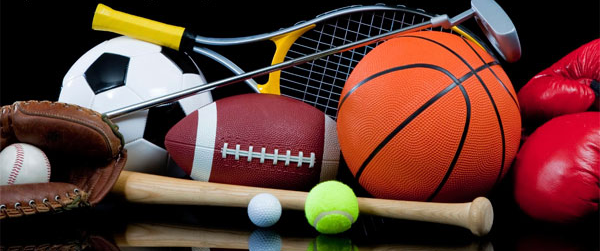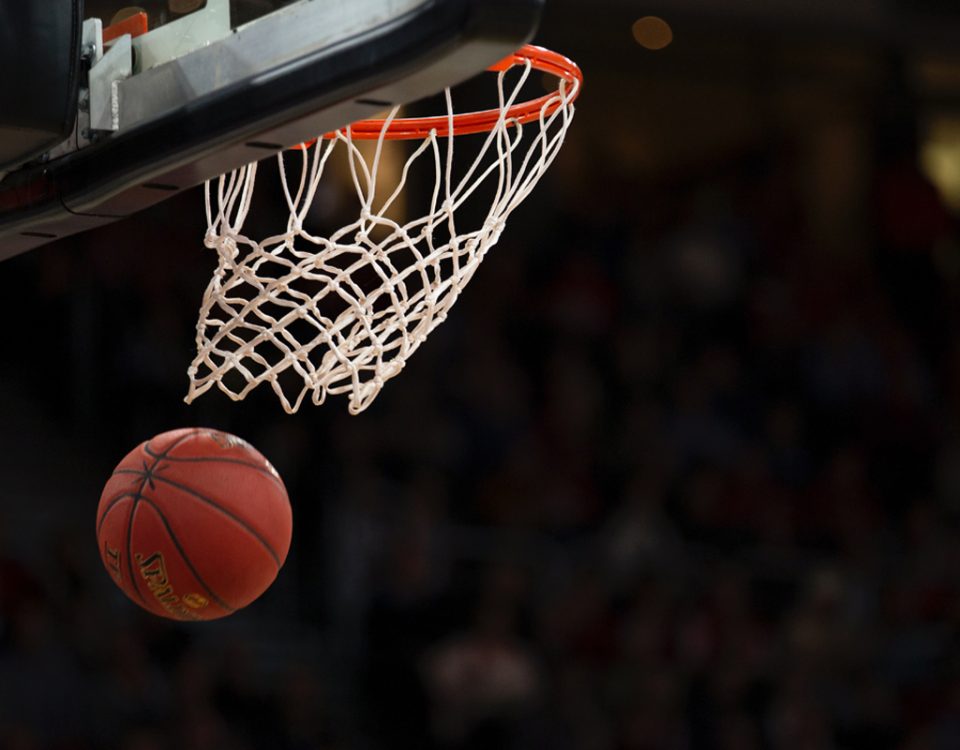
Pasadena Tournament of Roses Association v. City of Pasadena: Dispute Over #RoseBowl Used in an Instagram Post
July 21, 2021
The NCAA Committee on Infractions Has Spoken: Baylor University
August 12, 2021The NCAA, Pac-12 Conference, Big Ten Conference, Big 12 Conference, SEC, and ACC (collectively “Defendants”) moved to dismiss two related antitrust lawsuits: House v. NCAA and Oliver v. NCAA. In the lawsuits, the Plaintiffs seek compensation for use of their names, images, and likenesses. Plaintiffs argue that the NCAA and conferences have engaged in an “overarching conspiracy” to (a) “fix the amount that student-athletes may be paid for licensing, use, and sale of their names, images, and likeness—at zero; and (b) foreclose student-athletes from the market for licensing, use, and sale of their names, images, and likenesses entirely.” Plaintiffs further argue, amongst other things, that they are not permitted to take advantage of their popularity on social media in exchange for compensation. Accordingly, Plaintiffs argue the NCAA and conferences have violated antitrust laws and have unjustly enriched themselves and their business partners.
Plaintiffs assert the relevant market to be:
The relevant market is the nationwide market for the labor of NCAA Division I college athletes. In this market, current and prospective athletes compete for roster spots on Division I athletic teams. NCAA Division I member institutions compete to recruit and retain the best players by offering unique bundles of goods and services including scholarships to cover the cost of attendance, tutoring, and academic support services, as well as access to state-of-the-art athletic training facilities, premier coaching, medical treatment, and opportunities to compete at the highest level of college sports, often in front of large crowds and television audiences. In exchange, student-athletes must provide their athletic services and acquiesce in the use of their NILs by the NCAA and its members for commercial and promotional purposes. They also implicitly agree to pay any costs of attending college and participating in intercollegiate athletics that are not covered by their scholarships. . . . The NCAA and its members have the ability to control price and exclude competition in this market. All NCAA members have agreed to utilize and abide by the NCAA’s bylaws, including the provisions detailed herein, which have been used by the NCAA and its members to fix the prices at which student-athletes are paid for their commercial licensing rights, including but not limited to individual and group licensing rights, and/or to foreclose student-athletes from exercising any such rights entirely. The NCAA and its members have the power to exclude from this market any member who is found to violate its rules. . . . Absent these nationwide restraints, Division I conferences and schools would compete amongst each other by allowing their athletes to take advantage of opportunities to utilize, license, and profit from their NILs in commercial business ventures and promotional activities and to share in the conferences’ and schools’ commercial benefits received from exploiting student-athletes’ names, images, and likenesses. Conferences and schools would also compete for recruits by redirecting money that they currently spend on extravagant facilities and coaching salaries to marketing programs and educational resources designed to help their student-athletes develop and grow their personal brand value.
Plaintiffs proposed the following class and sub-classes:
The “Declaratory and Injunctive Relief Class”—
All current and former student-athletes who compete on, or competed on, an NCAA Division I athletic team at any time between four (4) years prior to the filing of this Complaint and the date of judgment in this matter.
This Class excludes the officers, directors, and employees of Defendants. This Class also excludes all judicial officers presiding over this action and their immediate family members and staff.
The “Social Media Damages Sub-Class”—
All current and former student-athletes who compete on, or competed on, an NCAA Division I athletic team at a college or university that is a member of one of the Power Five Conferences, at any time between four (4) years prior to filing of this Complaint and the date of judgment in this matter.
This Sub-Class excludes the officers, directors, and employees of Defendants. This Class also excludes all judicial officers presiding over this action and their immediate family members and staff, and any juror assigned to this action.
On behalf of the members of the Social Media Damages Sub-Class, Plaintiffs seek the social media earnings that members of this Sub-Class would have received absent Defendants’ unlawful conduct.
The “Group Licensing Damages Sub-Class”—
All current and former student-athletes who compete on, or competed on, an NCAA Division I men’s or women’s basketball team or an FBS football team, at a college or university that is a member of one the Power Five Conferences, at any time between four (4) years prior to filing of this Complaint and the date of judgment in this matter.
This Sub-Class excludes the officers, directors, and employees of Defendants. This Sub-Class also excludes all judicial officers presiding over this action and their immediate family members and staff, and any juror assigned to this action.
On behalf of the members of the Group Licensing Damages Sub-Class, Plaintiffs seek the share of game telecast group licensing revenue that members of this Sub-Class would have received absent Defendants’ unlawful conduct.
Defendants’ primary argument for dismissal is that the assertions made and damages sought are foreclosed by the O’Bannon and Alston decisions. The District Court, however, concluded otherwise. First, some of the rules that Plaintiffs challenged by Plaintiffs were not challenged in O’Bannon or Alston. The rules referenced by the District Court include those prohibiting student-athletes from endorsing any commercial product or service while they are in school, regardless of whether they receive any compensation for doing so (NCAA Division I Bylaw 12.5.2.1); and prohibiting student-athletes from using their NIL to promote their own business ventures or self-employment (NCAA Division I Bylaw 12.4.4). Second, the claims set forth by Plaintiffs are predicated on a different legal theory than the claims in O’Bannon and Alston and, therefore, involve different facts including Plaintiffs’ argument that Defendants’ procompetitive justification in O’Bannon and Alston, i.e., consumer demand for a distinct college sports product, falls outside of the relevant market and any such effect is irrelevant. Third, Plaintiffs allege new factual matters that post-date O’Bannon and Alston including that Defendants have admitted that restrictions on student-athlete compensation should be loosened or eradicated, thereby contradicting their prior representations in both O’Bannon and Alston that such restrictions were absolutely necessary to preserve consumer demand for college sports. Fourth, because of the distinct factual and legal differences that exist between the present matter and O’Bannon and Alston, Plaintiffs have proposed less restrictive alternatives that were not considered in the prior cases including permitting NCAA members to allow student-athletes to receive compensation from third-parties for the use of their NIL. Finally, the District Court concluded that Plaintiffs met their burden at the pleadings stage to identify a relevant market and plead injury to competition within that market, thus dismissal was not warranted. However, the District Court did dismiss Tymir Oliver’s request for injunctive relief as he lacked standing as a former student-athlete to seek injunctive relief.
Since the District Court’s ruling, Plaintiffs amended their complaint to include recent comments made by NCAA President Mark Emmert on regulation at the conference level, rather than the NCAA level, and the NCAA’s recent interim policy permitting student-athletes to be compensated for use of their NIL. Plaintiffs argue that these comments and concessions further bolster their argument that past restraints were not necessary to support consumer demand.
For any questions, feel free to contact Christian Dennie at cdennie@bgsfirm.com.
